300-410 Exam Dumps - Implementing Cisco Enterprise Advanced Routing and Services (300-410 ENARSI)
Refer to the exhibits.
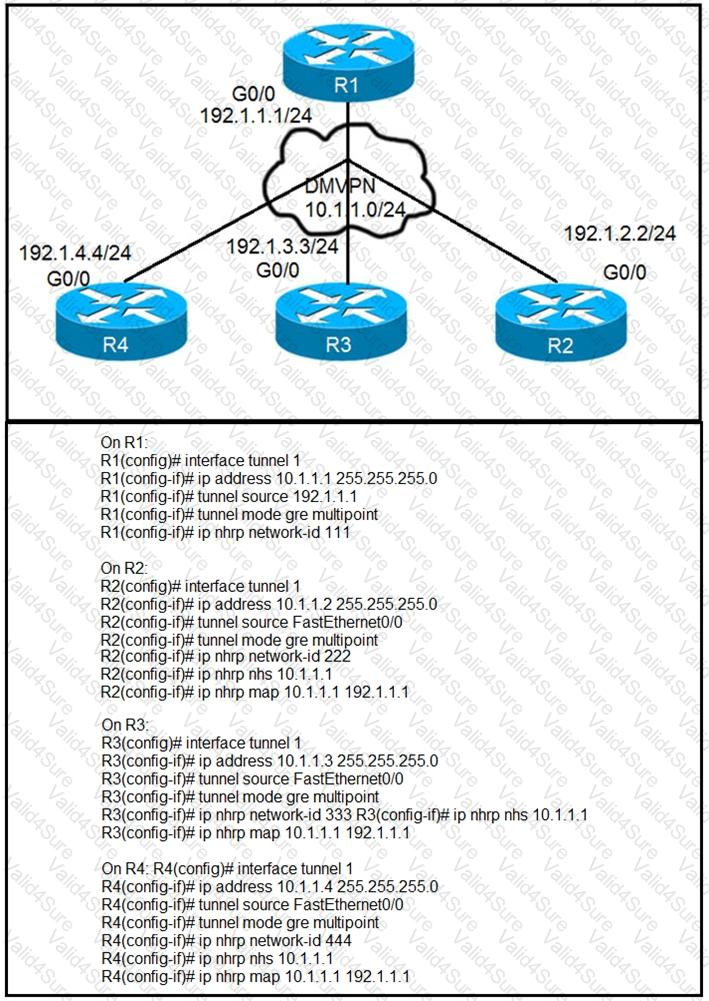
Phase-3 tunnels cannot be established between spoke-to-spoke in DMVPN. Which two
commands are missing? (Choose two.)
An engineer is configuring a network and needs packets to be forwarded to an interface for any destination address that is not in the routing table. What should be configured to accomplish this task?
Which configuration enabled the VRF that is labeled “Inet†on FastEthernet0/0?
Refer to the exhibit.
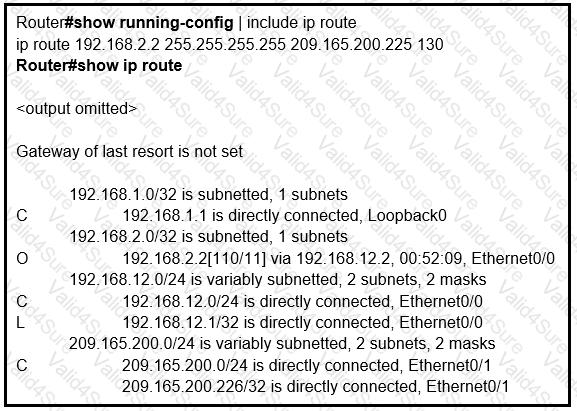
An engineer configures a static route on a router, but when the engineer checks the route
to the destination, a different next hop is chosen. What is the reason for this?
Refer to the exhibit.
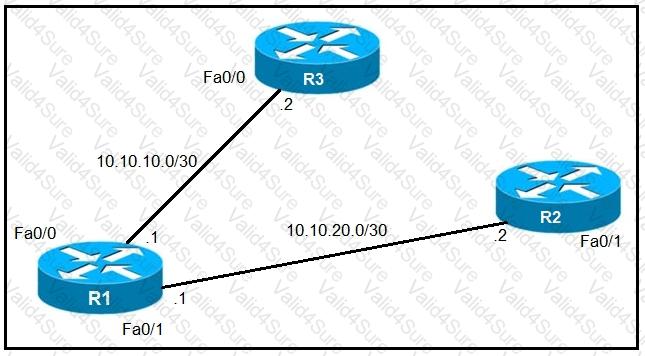
An IP SLA was configured on router R1 that allows the default route to be modified in the event that Fa0/0 loses reachability with the router R3 Fa0/0 interface. The route has changed to flow through
router R2. Which debug command is used to troubleshoot this issue?
Refer to the exhibit.
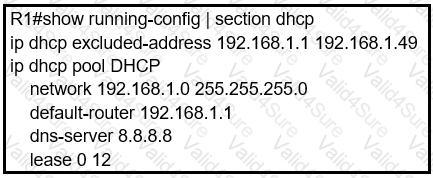
Users report that IP addresses cannot be acquired from the DHCP server. The DHCP
server is configured as shown. About 300 total nonconcurrent users are using this DHCP server, but none of them are active for more than two hours per day. Which action fixes the issue within the current resources?
While working with software images, an engineer observes that Cisco DNA Center cannot upload its software image directly from the device. Why is the image not uploading?
Refer to the exhibit.
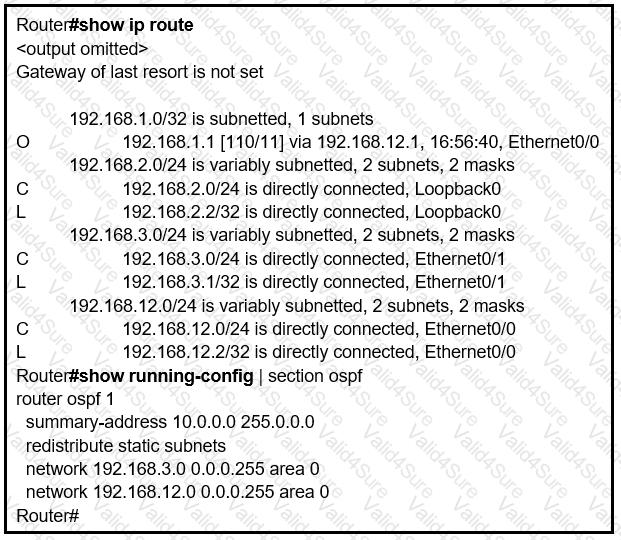
An engineer is trying to generate a summary route in OSPF for network 10.0.0.0/8, but the
summary route does not show up in the routing table. Why is the summary route missing?